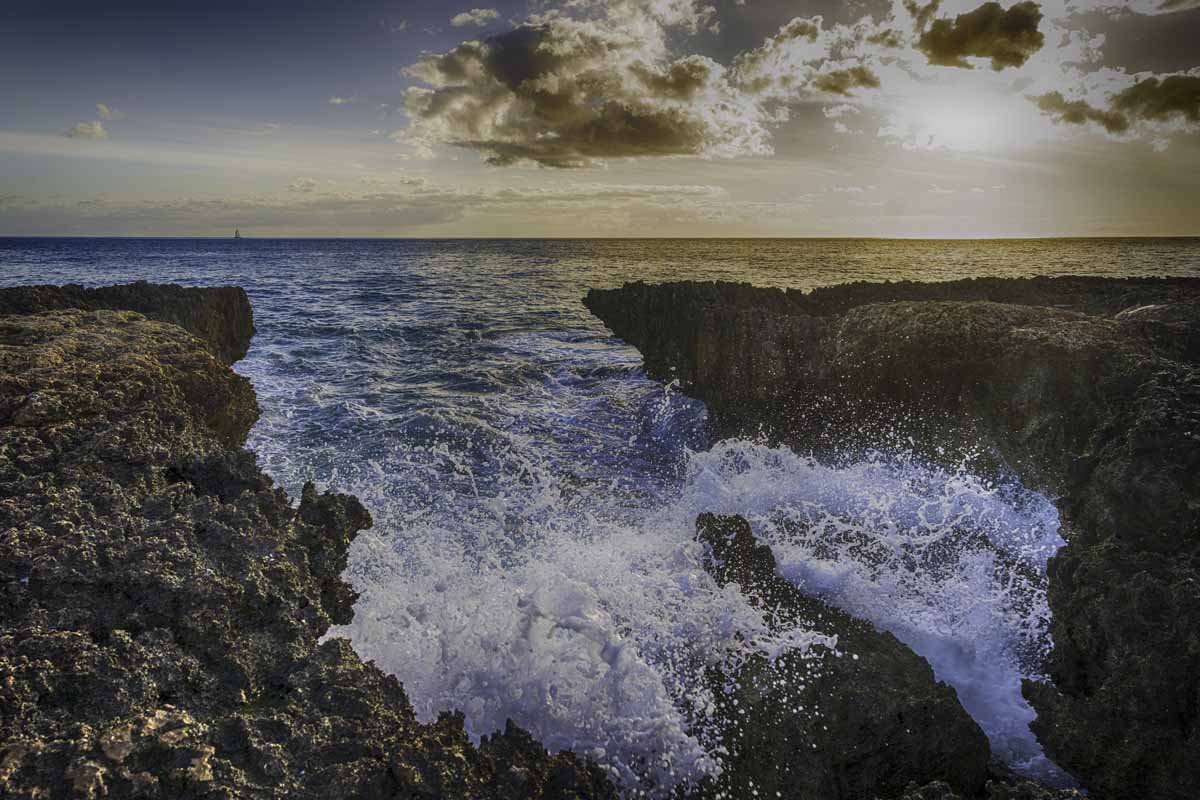
Capturing the Ocean’s Majesty: Tips for Photographing Water
The ocean is an endless source of photographic inspiration, from crashing waves to serene reflections. But how do you truly capture the dynamic beauty and fluid nature of water in your photographs? It’s all about understanding light, movement, and your camera settings.

Here are some tips to help you master ocean water photography:
1. Embrace Different Shutter Speeds:
- Fast Shutter Speeds (e.g., 1/500s and faster): To freeze the action of waves, droplets, or splashes, a fast shutter speed is your best friend. This is ideal for capturing the raw power of the ocean, highlighting individual water particles as they rise and fall.
- Slow Shutter Speeds (e.g., 1/2s to 30s): For a silky, ethereal effect, slow down your shutter speed. This blurs the movement of water, transforming waves into soft mist and creating a serene, dreamy atmosphere. You’ll definitely need a tripod for this to avoid camera shake. Consider using an ND (Neutral Density) filter to achieve longer exposures in bright daylight.
2. Play with Aperture for Depth:
- Large Aperture (smaller f-number, e.g., f/2.8 – f/5.6): If you want to isolate a specific element, like a single wave crest or a detail in the foreground, a wider aperture will create a shallow depth of field, blurring the background.
- Small Aperture (larger f-number, e.g., f/11 – f/22): For landscapes where you want everything from the foreground rocks to the distant horizon to be sharp, use a smaller aperture to maximize your depth of field.
3. Understand the Light:
- Golden Hour: The hour after sunrise and before sunset offers soft, warm light that can create stunning reflections on the water’s surface. It’s also fantastic for highlighting textures in waves.
- Blue Hour: The twilight periods just before sunrise and after sunset provide a cool, tranquil light that can give ocean scenes a dramatic and moody feel, especially when combined with longer exposures.
- Overcast Days: Don’t dismiss cloudy days! Soft, diffused light on an overcast day can reduce harsh reflections and bring out the subtle blues and greens in the water.
4. Composition is Key:
- Rule of Thirds: Place your horizon line or main subject along the intersecting lines or points of the rule of thirds for a more balanced and dynamic composition.
- Leading Lines: Use the natural lines of the shoreline, receding waves, or rock formations to draw the viewer’s eye into the scene.
- Foreground Interest: Include interesting elements in the foreground, like weathered rocks, seashells, or even footprints, to add depth and context to your ocean shot.
5. Protect Your Gear:
Saltwater and sand are the enemies of camera equipment. Use a lens hood to minimize spray on your lens, and carry a microfiber cloth to wipe off any droplets immediately. Consider a weather-sealed camera and lens if you frequently shoot in challenging conditions, or invest in a protective rain cover.
By experimenting with these techniques, you’ll be well on your way to capturing the dynamic and captivating beauty of ocean water in all its forms.




Leave a Reply
You must be logged in to post a comment.